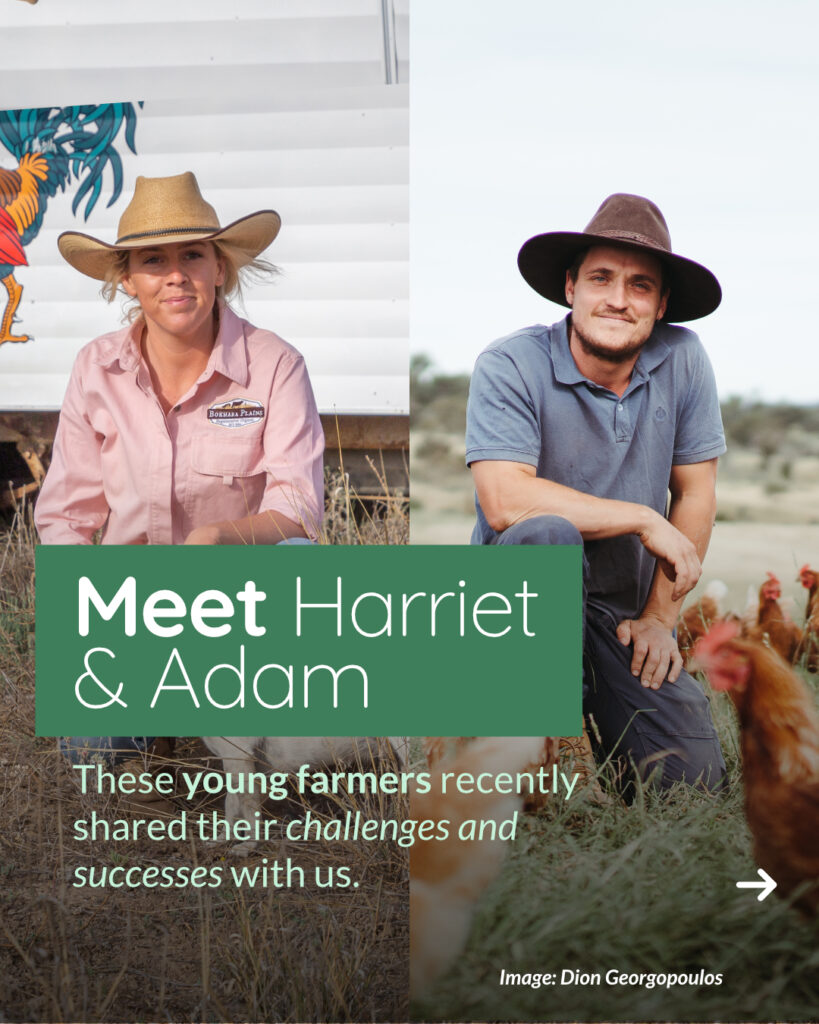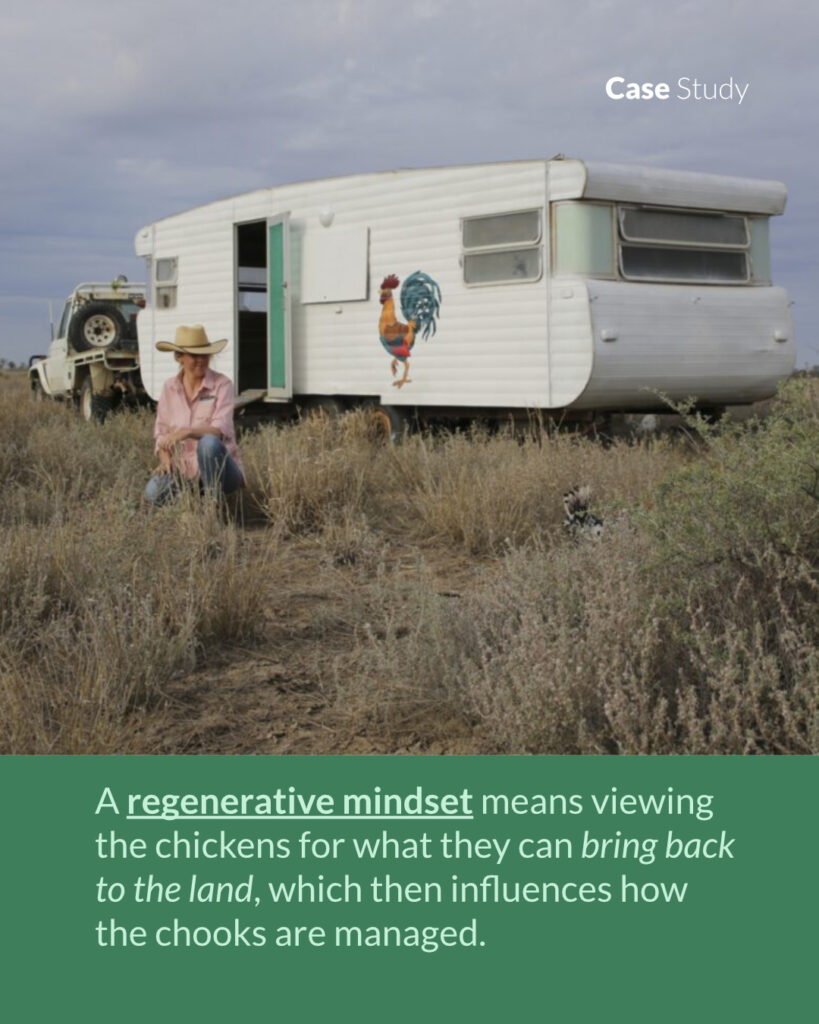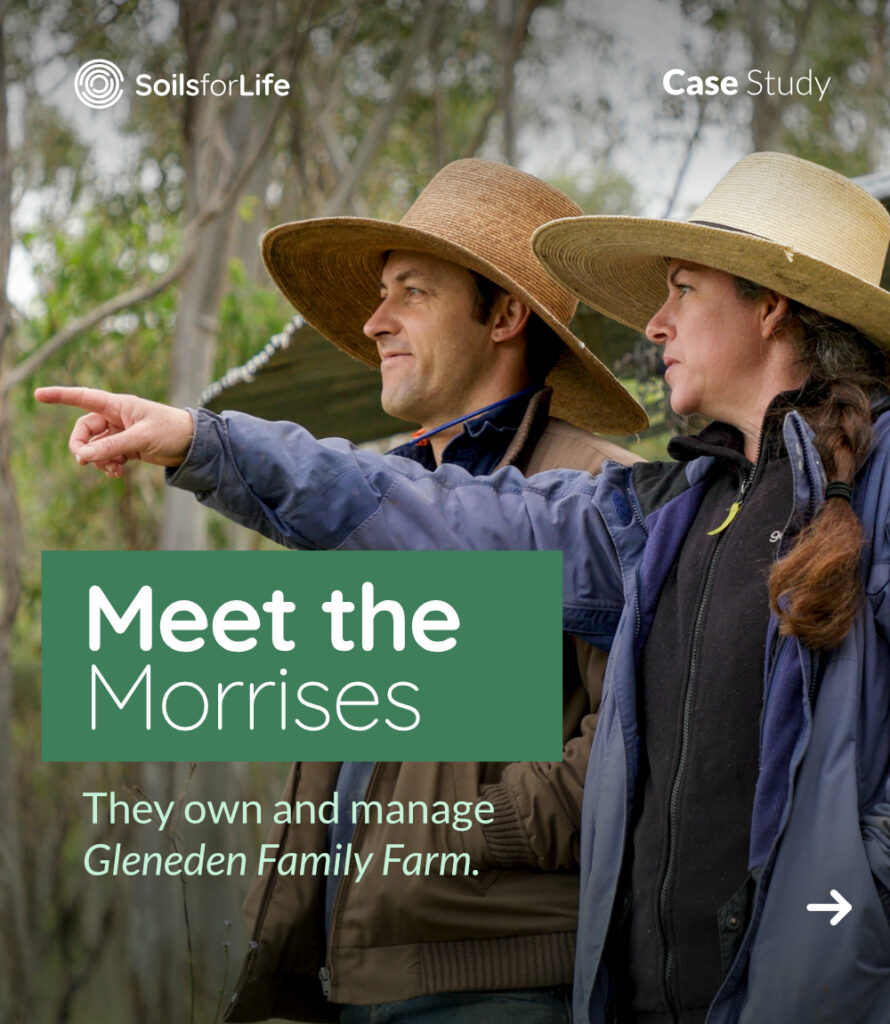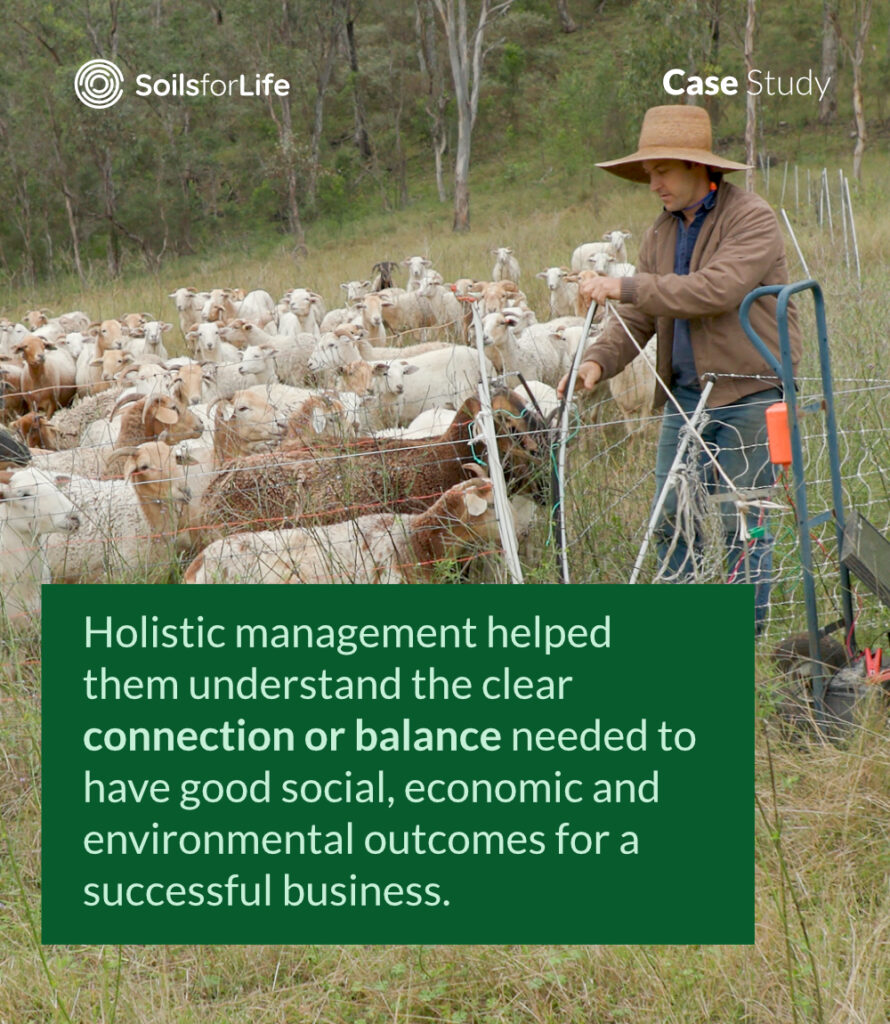'New and Young Farmers' - Part Two
Overcoming challenges
Soils for Life readers have asked for more stories on how to get started in farming for landscape health, and we listened. The most recent Soils for Life case studies follow the journey of four new and young farmers.
Recent research by Farmer Incubator, in partnership with Young Farmers Connect, identifies challenges faced by the next generation of farmers.
This blog is the second in a two-part series exploring how these farmers are overcoming these challenges.
In Part One, we explored access to land and capital. In Part Two, we explain how each farmer is responding to challenges of accessing education and training, finding supportive social connections, and managing impacts of ecological and climate changes.
How are new and young farmers accessing learning pathways?
In Australia, there are a small but growing number of formal education courses in regenerative and agro-ecological methods. Many farmers create their own education pathways through self-learning.
Most of our case study farmers are actively engaged in self-learning, watching YouTube videos, reading books by leading regenerative farmers, participating in Facebook groups and local NRM groups, and visiting leading farms. This approach to continual learning, and openness to try new things has been important for building confidence and experience, accessing grants and support, and building strong and trusted connections.
For Carol and John Lilleyman of Amberly Farm, this openness to try new things has been a key part of their approach to farming. As Carol said, ‘Any opportunities that have come along, we’ve embraced them. And that’s why we’ve done so much in such a short time.’
Both Harriet Finlayson and Adam Lilleyman (New and Young Chicken Farmers) found farm visits invaluable because, as Harriet suggests, ‘you actually go to the place, meet the people, talk to them, and see how they do it’.
Similarly, Rohan and Fiona Morris of Gleneden Family Farm spent seven months volunteering at organic farms across Japan, Europe and Britain, experiencing first-hand methods and traditions associated with organic farming.
All attended courses in regenerative land management. Harriet felt the courses helped to break down barriers between people who might have philosophically-different views on farming and were powerful opportunities to expand one’s paradigm from ‘agriculture as industry’ to ‘agriculture as stewardship’. For Rohan and Fiona, the Holistic Management course was an important learning point. It helped them understand the clear connection or balance between different life goals needed to have good social, economic and environmental outcomes for a successful business.
Peer-to-peer learning was also vital. Adam leans on ‘other farmers for support and guidance’, and values ‘keeping in touch with people close to the industry in other ways, and so they hear things on the grapevine, which is invaluable at the end of the day.’
How are new and young farmers connecting to communities?
When it comes to social connections, our new and young case study farmers are a part of multiple communities, including local farming communities, customers, wholesalers and distributors, social media audiences, family, friends, and fellow farmers in their peer-to-peer learning groups. For example, Rohan and Fiona have built strong communities of support through a peer-to-peer learning group, been active members with their local Landcare group, and engage with their Community Supported Agriculture (CSA) members. As a new farmer, Luke at Tathra Place Free Range joined his local lawn bowls to help him meet people in his local farming community.
Another common theme from all of the farmers was the importance of finding and building networks, and meaningful relationships for supporting and expanding their business. Most of Harriet’s customers find her by word of mouth. In the future, the goal is to build close relationships with the local butcher and cafes, but for now, she is enjoying delivering the eggs to her customers’ doors weekly and talking directly to them.
Being near to a high volume of customers has helped Adam develop a strong relationship with independent grocery stores, while Luke has worked hard to build personal and trusted relationships with chefs, restaurants, distributors and wholesalers. Not only have these relationships been satisfying in and of themselves, but they have created a demand for Luke’s products from high-profile chefs.
As part of building community, all farmers talked about the importance of transparency and an open-door policy. People want to know where their food comes from and the story behind it. Luke invites chefs and their families to their farm so they can see the animals that they may one day use in their kitchens, and develop trust that Luke and his team really do care for the animals and land. Harriet proudly invites people to see her chicken caravans and uses her social media to tell customers the story of where their food comes from. Fiona feels an open farm policy keeps them honest and ‘on their toes’. It helps maintain a high standard and honesty with people about the realities of farming.
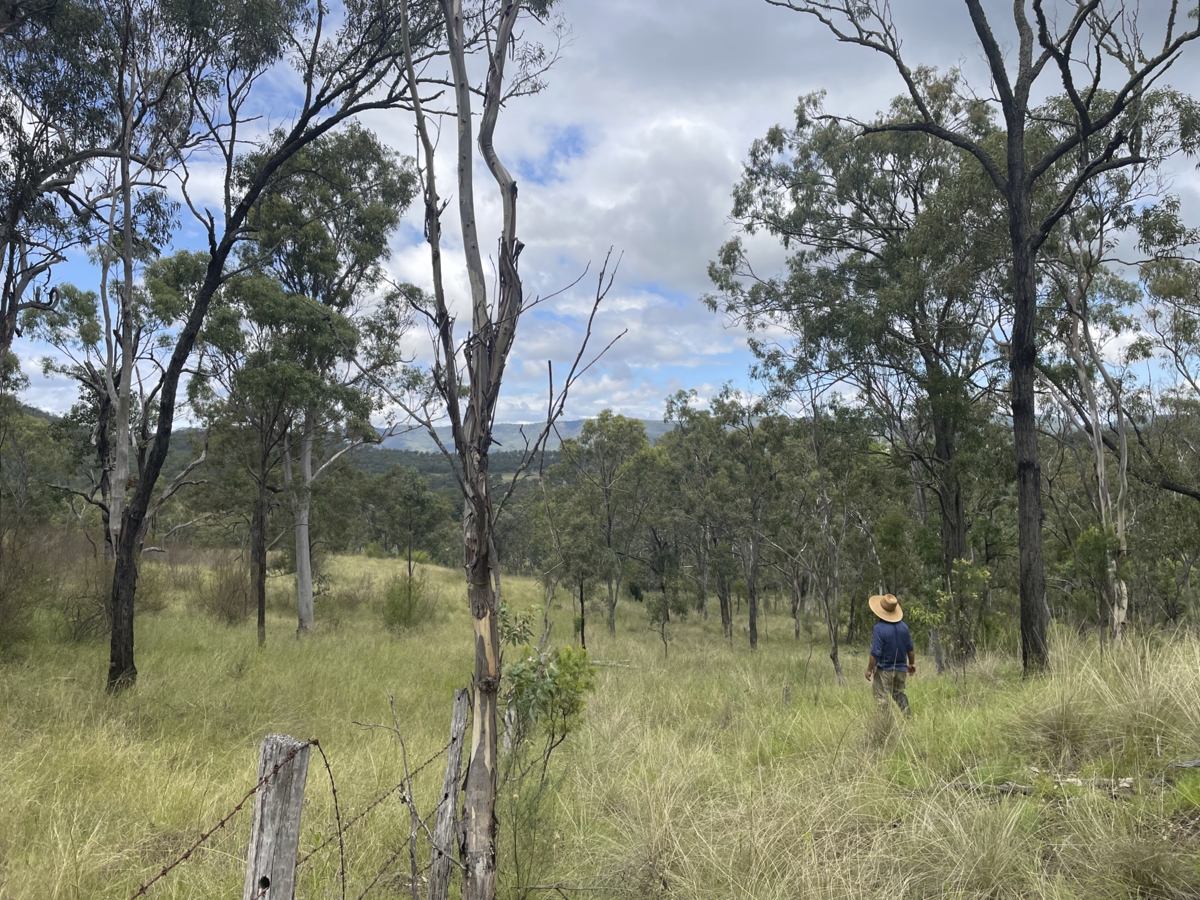
How are new and young farmers dealing with increasing ecological and climatic challenges?
Accelerating impacts of climate change affect all farm enterprises in Australia. New farms are particularly vulnerable to negative profits during drought or flood years.
Several of our case studies tell their stories of how they navigated these challenges. For example, during their second year of farming in 2018, a severe drought hit Rohan and Fiona’s region. They navigated the drought using Holistic Management planning, including intensive rotational-grazing management techniques, as well as receiving support from their customers and their close group of regenerative farming families.
After the drought, they used regenerative tools, such as Natural Sequence Farming, to rehydrate their landscape. Contour ponds and leaky weirs now distribute water, slow water runoff, reduce erosion and increase growth of native vegetation along creek and fence lines.
Water is also central to Luke’s vision for a resilient landscape. He plans to use insights from farm designers like Darren Doherty to consider the direction of water (and hence, nutrient flow) when creating new paddocks. He also has a long-term vision for tree lines being integrated between his grazing cells.

Further reading
Read part one of this article here: Overcoming challenges in getting started – Part One.
This project is delivered by Soils for Life through funding from the Australian Government’s National Landcare Program.





